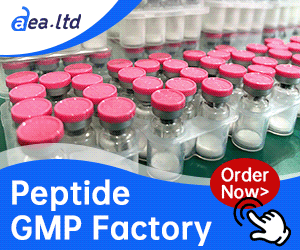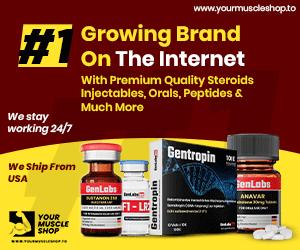I was reading William Llewellyn’s “ANABOLICS” book recently, and there’s a part where he says:
If accurate, I’m surprised I haven’t seen more cycles where injectable / oral compounds are switched up every 6 weeks, with a consistent therapeutic foundation of Test throughout.
What is the truth behind this?
Anabolic / Androgenic steroids tend to be most effective at a given dosage for approximately 6-8 weeks. After this point, the rate of new muscle gain will slow, and soon after will usually hit a full plateau.
If accurate, I’m surprised I haven’t seen more cycles where injectable / oral compounds are switched up every 6 weeks, with a consistent therapeutic foundation of Test throughout.
What is the truth behind this?
Last edited:













